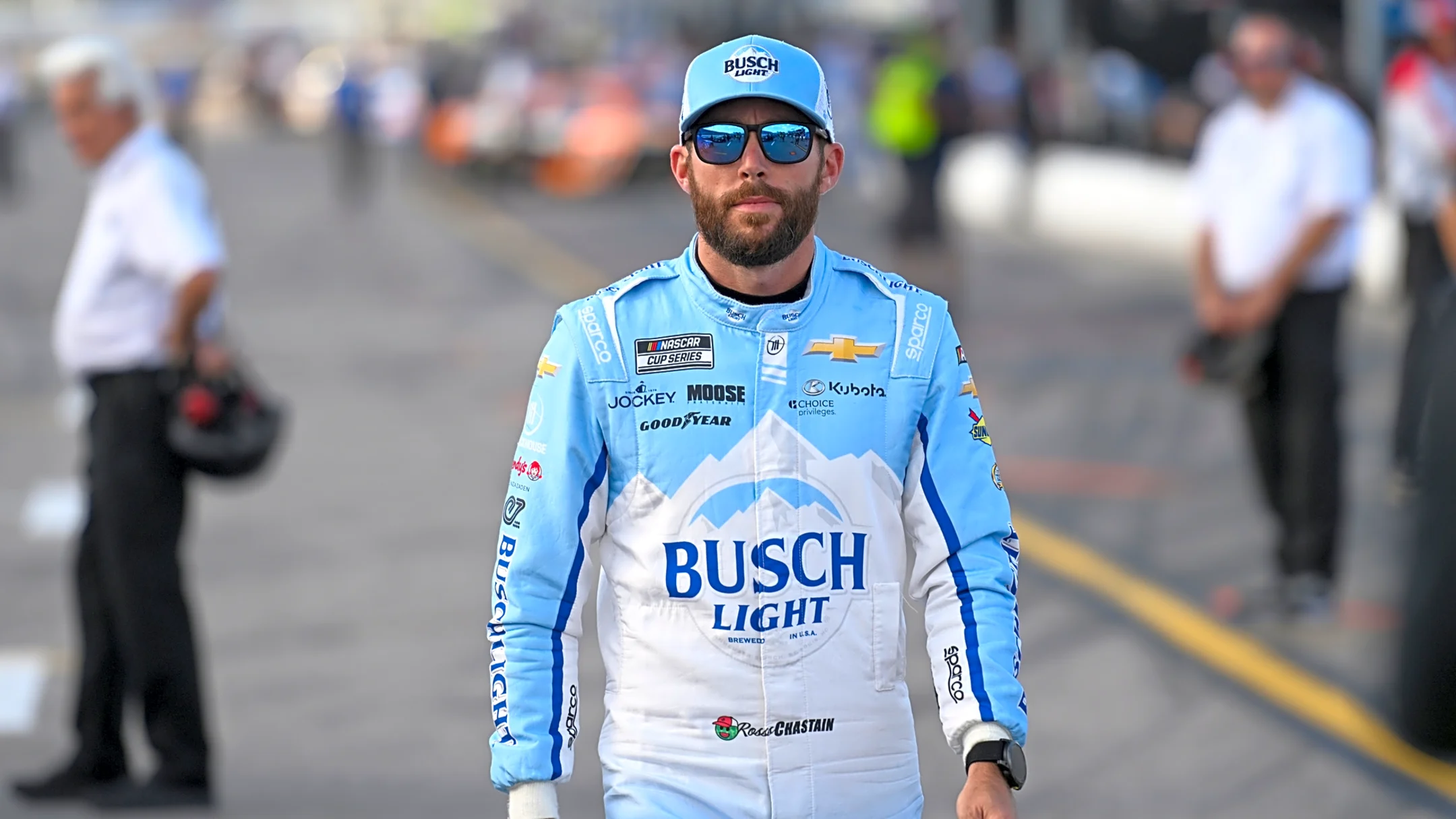
Kering’s KER most precious commodity isn’t leather or logos; it’s time. New CEO Luca de Meo arrives at the 30-billion-euro group on Monday with a 16-billion-euro debt load that leaves little room for missteps. Job cuts, store closures and thriftier marketing may buy some breathing space. They won’t, however, fix a balance sheet swollen by the dealmaking of his predecessor and top shareholder, François-Henri Pinault.The urgency stems from a slowdown in the luxury market and poor performance of Kering’s main brand Gucci, which constitutes 45% of the group’s revenue. In June, Chairman Pinault said he’d step back from the CEO role after two decades and parachuted in de Meo, the former Renault boss. Shrinking sales caused debt including leases to rise to 3.5 times EBITDA in 2024, a level that could see S&P lower its rating. To bring leverage down to a healthier two times, Kering would need to cut 8.5 billion euros of debt, assuming EBITDA of 3.9 billion euros in 2026, as per Visible Alpha.Thomson ReutersKering’s operating profit margin has declined by half
Costs are the obvious target. Since 2021, operating expenses have risen by over a quarter even as sales faltered. Restoring the operating profit margin to the 2023 level of 24% – from last year’s 13% – could save 1.7 billion euros on forecast 2026 revenue of 15 billion euros. The dividend could be another option. Kering is set to pay out more than 1 billion euros over the next two years, according to Breakingviews calculations, which could be better spent lowering debt. The question is whether Artémis, the Pinault family vehicle that owns 42% of Kering, is willing to forego a dividend that helps service its own 7-billion-euro debt load.
De Meo will therefore have to pull other levers. Disposing of the trophy stores and fancy buildings the company acquired in recent years could raise 1.7 billion euros by 2026, according to S&P. The tougher task is undoing his predecessor’s recent acquisition spree. Kering bought a 30% stake in Italian luxury brand Valentino in 2023. The label is already under strain: EBITDA fell 22% to just 250 million euros last year. Creed, the fragrance maker also bought in 2023, has performed well, but remains a minnow in a category dominated by rivals.
Selling now would likely mean swallowing a haircut. Kering has already delayed its commitment to buy the remaining 70% of Valentino until at least 2028. Apply a three times sales multiple and its 30% stake in the Italian group could be worth 1.2 billion euros. The beauty unit, which houses Creed, might fetch 2.7 billion euros using a 14 times EBITDA multiple, in line with peers, and assuming a margin of 60%. At those prices, Kering would swallow a 25% loss on the 5 billion euros Pinault paid for both assets.
That may sting. Yet Gucci, despite the recent appointment of former Balenciaga designer Demna, may not recover quickly and will require more investment. If Kering doesn’t fix its debt problem soon, that turnaround is likely to be much harder.
Follow Yawen Chen on Bluesky and LinkedIn.
CONTEXT NEWS
Gucci Chief Executive Stefano Cantino is set to exit the brand after less than one year in the role, the Business of Fashion reported on September 14 citing unnamed sources.
An announcement is expected as early as on September 15, new Kering CEO Luca de Meo’s official first day on the job, the report said.
Kering said on September 10 that it will not fully buy Italian fashion brand Valentino until at least 2028. Under a new agreement struck with Mayhoola, the Qatar-backed fund’s put options to sell Kering its remaining 70% stake in Valentino – initially due in 2026 and 2027 – are now postponed to 2028 and 2029, while Kering’s own option to fully acquire Valentino is deferred to 2029 from 2028.



